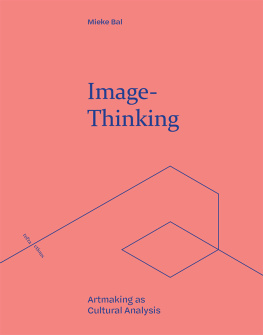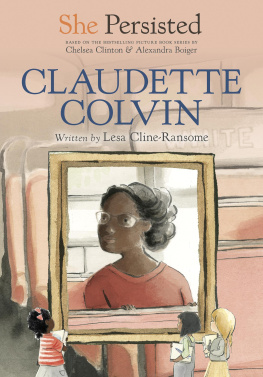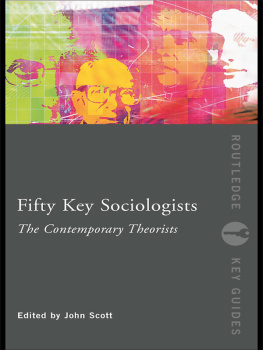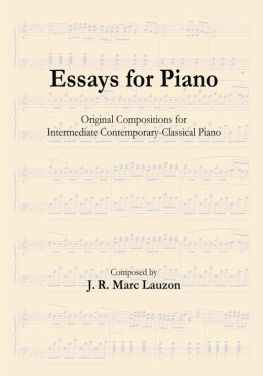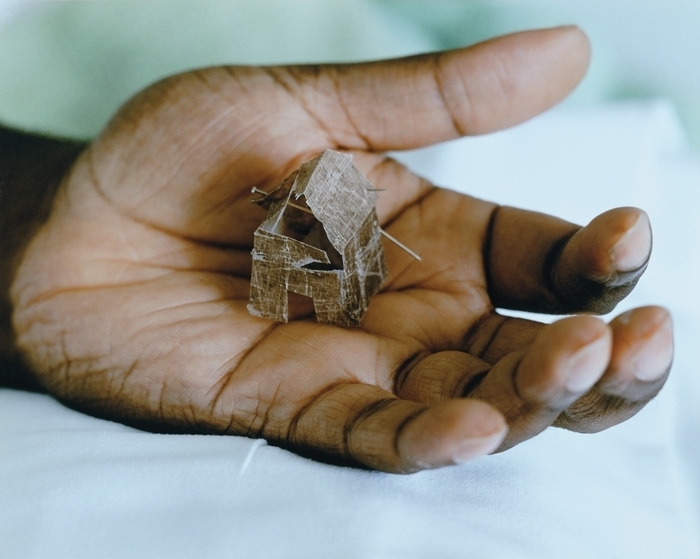To properly frame my objectives, let us briefly consider a few more artworks, all of which point to contemporary arts engagement with home as a sort of tattered reliquary, carrying the precarious materiality of the past into the present. The first is Donald Rodneys In the House of My Father (1996), a close-up photograph of the artists outstretched hand cradling a miniature makeshift house. Barely held together with pushpins, the walls of the
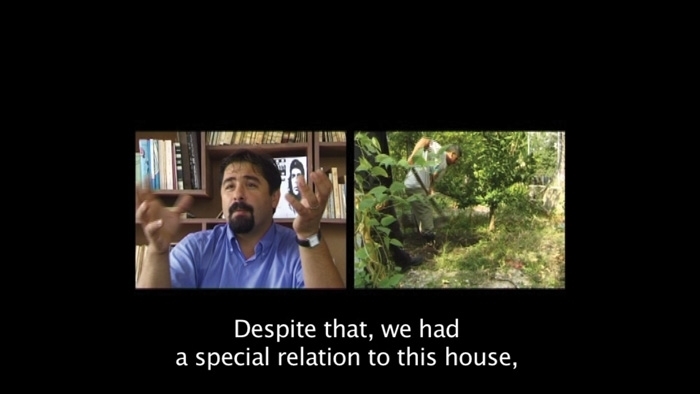
I.4 Akram Zaatari, In This House, 2005. Video, colour, sound, 30 minutes. Film still. Courtesy of the artist and Sfeir-Semler Gallery, Beirut/Hamburg.
It has become a truism to observe that we live in an age of trauma. While the condition is conventionally linked to the seismic socio- political shifts (large-scale mechanized warfare, mass atrocity and annihilation, and alienating processes of urbanization, industrialization, and colonization) that characterize the modern age, it is undoubtedly the contemporary period that has embraced the culture of trauma as its own. Home, for the millions of displaced and disenfranchised citizens of the world, is inextricably linked to loss.
Nor is the West immune from the twenty-first centurys increasingly unsettled relationship with home. The 2008 sub-prime mortgage crisis and ensuing global economic meltdown, coupled with already increasing levels of poverty and destitution, saw millions of American individuals and families lose their homes in subsequent years. Furthermore, at a collective level with global consequences, the attacks of 9/11 represented as many have noted a shattering of the North American illusion of safety and security. As I argue in chapter one, if the promise of home (or homeland) as a safe haven from the troubles of the world has always been a myth screening out more brutal realities both within the home and just beyond its borders, then that myth is simply no longer sustainable.
The question this book asks is: In what ways can contemporary art respond productively to the aftermath of displacements, migrations, enslavements, diasporas, cultural hybridities and nostalgic yearnings that art historian Irit Rogoff rightly identifies as the conditions of contemporary subjectivity?
To a certain extent, both Bourriaud and Johung propose useful, even necessary, tactics for coping with the multiple pressures of neoliberal globalization. As Bourriaud puts it:
On the basis of a sociological and historical reality the era of migratory flows, global nomadism, and the globalization of financial and commercial flows a style of living and thinking is emerging that allows one to fully inhabit that reality instead of merely enduring it or resisting it by means of inertia. So has global capitalism confiscated flows, speed, and nomadism? Lets be even more mobile than global capitalism So the global imagination is dominated by flexibility? Lets invent new meanings for flexibility.
There is certainly something alluring about Bourriauds manifesto for cultural practices that will somehow beat global capitalism at its own game of flow, speed, and nomadic flexibility. But as cultural geographer I will return to the notion of differentiated mobility in the fourth chapter, which takes up the theme of the artist as nomad in greater depth. For now, it will suffice to point out that this book stakes an entirely different claim vis--vis the concept of home, which begins with recognition of the contingencies of emplacement, but insists nevertheless on maintaining a productive relationship with a politics of location. The unhomely aesthetics of contemporary art imagine home as neither a stable site of belonging nor an anachronism to be abandoned to the logic of nomadic deterritorialization, but instead as a complex sign (symbolic, metonymic, and indexical) of the stark materiality of traumatic dispossession. But to better understand what is at stake in the theorization of unhomely aesthetics, it is necessary to lay out the books three central themes, namely: melancholy as a source of political agency; witnessing as dispossession; and the unhomely as both contemporary condition and aesthetic strategy.


